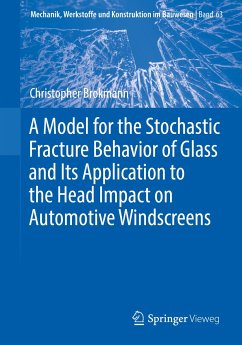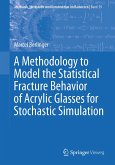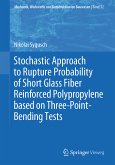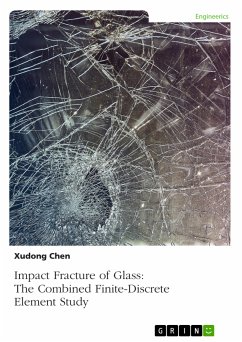The book deals with the stochastic strength of glass and the application to the automotive windscreen in the case of a pedestrian head impact. A finite element model is derived. This model is then validated using known phenomena in connection with the fracture behaviour of glass and experimental values. After the strength of a windscreen has been intensively investigated, experiments with windscreens are simulated by means of the finite element model.
Finally, the probability of a pedestrian suffering a head injury on impact with a windscreen is predicted, taking into account the stochastic fracture behaviour of glass. Up to now, this has not been taken into account in EuroNCAP crash tests, for example.
Christopher Brokmann studied mechanical engineering at the University of Applied Sciences Mittelhessen from 2012 to 2017. He then completed his doctorate in the field of crash simulation at the Institute of Mechanics and Materials Research until2021. In the research group of Prof. Dr. habil. Stefan Kolling, he worked on the stochastic fracture behavior of glass and its application in the field of crash simulation.
Dieser Download kann aus rechtlichen Gründen nur mit Rechnungsadresse in A, B, BG, CY, CZ, D, DK, EW, E, FIN, F, GR, HR, H, IRL, I, LT, L, LR, M, NL, PL, P, R, S, SLO, SK ausgeliefert werden.









